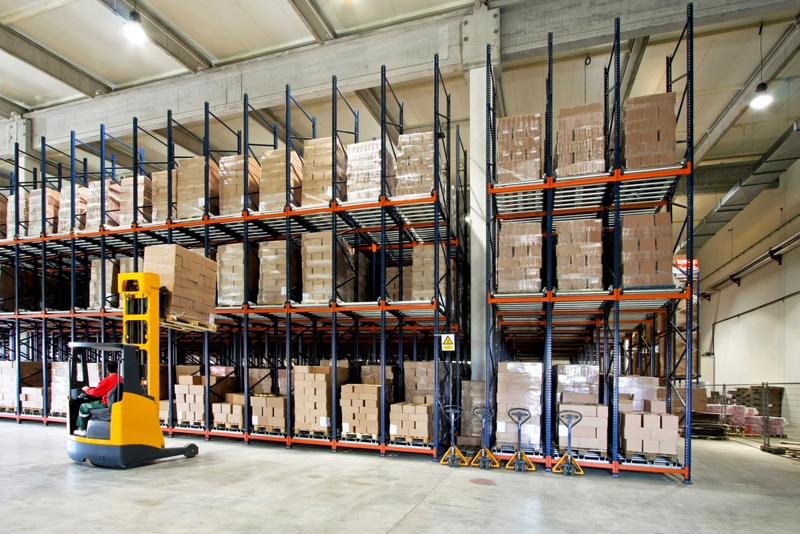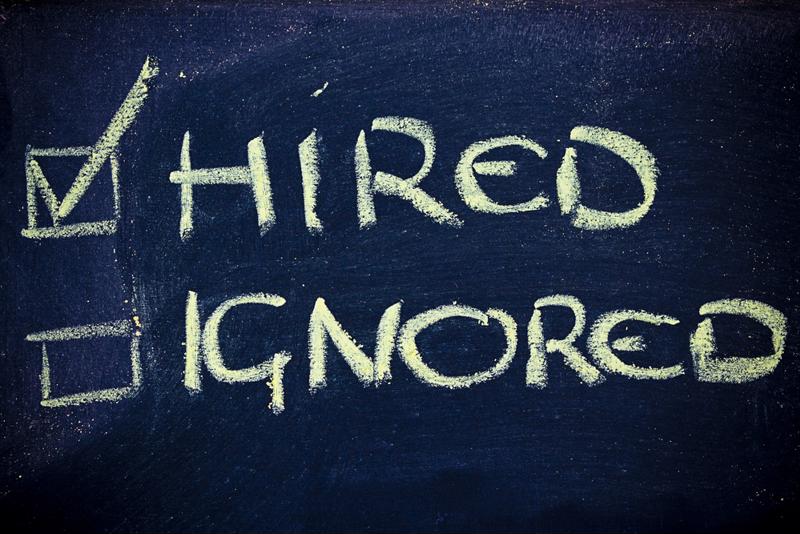This guest blog comes to us from Megan Ray Nichols of Schooled by Science.Even logistics professionals with years of experience in the supply chain may face new challenges when working with construction companies that need heavy equipment.
Finding the best equipment for the job can often be a challenge — especially if you're working with a construction company that faces difficult site conditions or a limited budget. It can also be difficult to make decisions about equipment — like whether to lease or buy outright.
These best practices will help any logistics professional ensure they provide the end user with the construction equipment they need — even if they face unique obstacles or project conditions.
1. Start With Project Specs
Not every construction job is the same. Challenges posed by certain job sites — like uneven terrain or excessive dust — may require specific equipment or safety features.
If possible, get a sense of the job site conditions this equipment will be up against. Information from investigations and condition reports on future projects can give you a sense of what your end user will need to handle. Fielding potential concerns from a customer can also help you source the right equipment for them.
2. Consider Length of Use
Some construction companies may only
need a piece of equipment briefly — just long enough to cover a few projects or seasons. If your customer doesn't need a machine for long-term use, leasing or renting may be a better option than buying.
3. Prepare for Transportation
Heavy machinery, once purchased, will need to be hauled to the job site. When selecting a dealer, make sure the equipment or location won't result in prohibitive transportation costs.
Some vendors will help you find local dealers to minimize travel distance.
Depending on the equipment your end user has available, you may need to work with a third party to haul it from the dealer to the intended location.
4. Consider Buying Used
Not every piece of heavy equipment needs to be new. Often, used heavy equipment
may be significantly more affordable and typically won't need extensive maintenance or repairs compared to new equipment.
Used equipment also doesn't lose as much value as new machinery over time. Most market depreciation is seen in the first year of use. Because preowned items are typically older, you won't have to worry nearly as much about that lost value.
5. Take Depreciation Into Account
When buying used equipment, it can sometimes be hard to know if you're getting a good deal — especially if you're unfamiliar with the particular niche or industry that uses the tool or machine you are looking to buy.
Estimating market depreciation can give you a ballpark idea of how much money you should be spending, based on the wear and tear the equipment has likely seen.
6. Source From Reputable Dealers
If you decide to purchase used equipment, be sure you're working with a reputable dealer. Asking for testimonials and reviews will help you identify trustworthy vendors, even if you don't have strong industry knowledge.
If you buy used machinery, working with a reputable dealer will help ensure you don't invest heavily in equipment that's not worth the asking price. Factors that affect the cost include damage or extensive wear and tear.
7. Vet New Sources
In the construction industry, good sourcing practices can still help you identify if a source is trustworthy. For example, when buying from a new vendor, asking the dealer for proof of ownership can help you avoid purchasing stolen equipment or counterfeit parts.
8. Don't Forget About Maintenance
Unless you rent or lease a piece of equipment, the end user will need to regularly maintain it to keep the machine functional.
Some machines are easier to repair than others. Manufacturers may not fabricate replacement parts for some models. The end user may also use third-party tech that isn't compatible with a certain piece of equipment. Factors like these can complicate repairs, making maintenance more expensive or difficult.
9. Consider Testing Equipment
A reputable dealer that's confident in the value of its products may be willing to let you test out a piece of equipment.
A quick walk-through can let you know if the machine is in good working condition — though it may require assistance from a worker with certifications or training necessary to operate it.
10. Plan for Additional Parts and Equipment
The business you’re working with may have additional wants that you'll need to fulfill with outside solutions. For example, telematics systems — like those provided by equipment manufacturers — are
becoming a popular choice for companies that want to track their equipment across a job site. Some RFID-based safety solutions can provide workers and heavy machine operators with some extra protection from backover incidents.
Successful Sourcing of Heavy Equipment for Construction
Even skilled logistics professionals may run into difficulties when sourcing and procuring equipment for a construction firm. Fortunately, foresight and the right planning can help keep you on track. Using these best practices — especially those that involve considering unique industry needs or potential job site hazards — will help you secure the best possible heavy machinery for a business in the construction industry.
Thanks, Megan!























